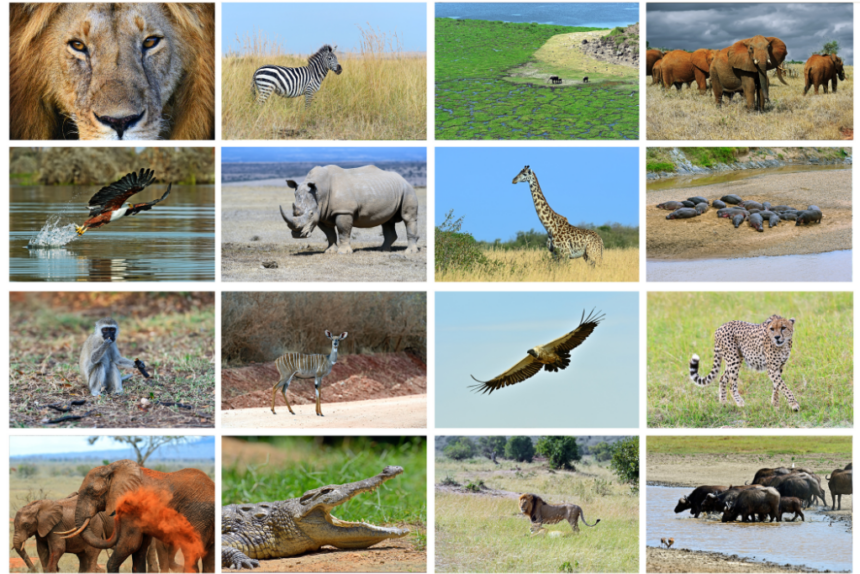Gaia is home to extraordinary biodiversity, with millions of species ranging from the microscopic to the monumental. While many animals have a functional role in ecosystems, some stand out for their appearance, behaviour or cultural significance. This guide introduces galactic visitors to some of the most striking and unique animals that populate this planet. They will discover that some are very similar to others that inhabit different solar systems, including technologically advanced, evolved races.
Gaia is home to an incredible variety of life forms that reflect its biodiversity and resilience.
The majestic lion: King of the savannah
- Description:
- Known as the “king of the jungle” (although it mainly inhabits savannahs), the lion is a symbol of strength and leadership. Males have a prominent mane that distinguishes them from other feline species.
- Habitat:
- Mostly sub-Saharan Africa, although small populations survive in India
- Fun fact:
- Lions are social animals that live in groups called prides, an unusual behaviour among big cats
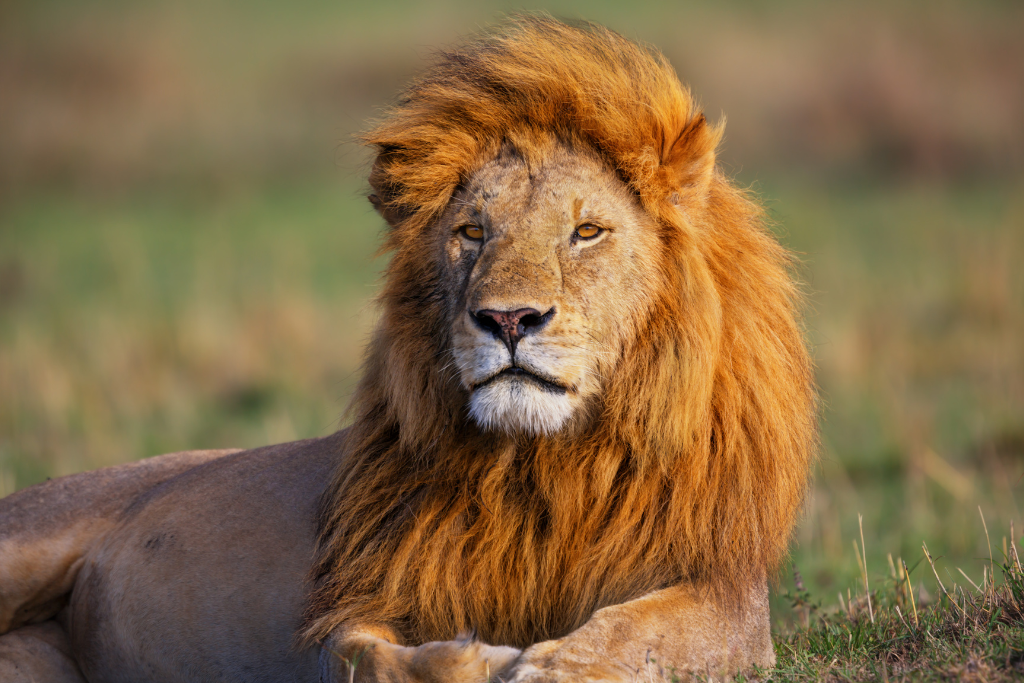
The Chameleon: Master of Camouflage
Description:
- This reptile is famous for its ability to change colour, which allows it to communicate and camouflage itself. Its long, sticky tongue is also unique, as it can extend further than its own body to catch prey.
Habitat:
- Warm regions of Africa and Madagascar
Funny Fact:
- Chameleons don’t change colour just to camouflage themselves, but also to regulate their temperature and express emotions. Exactly, just like the galactic race we’re all familiar with.
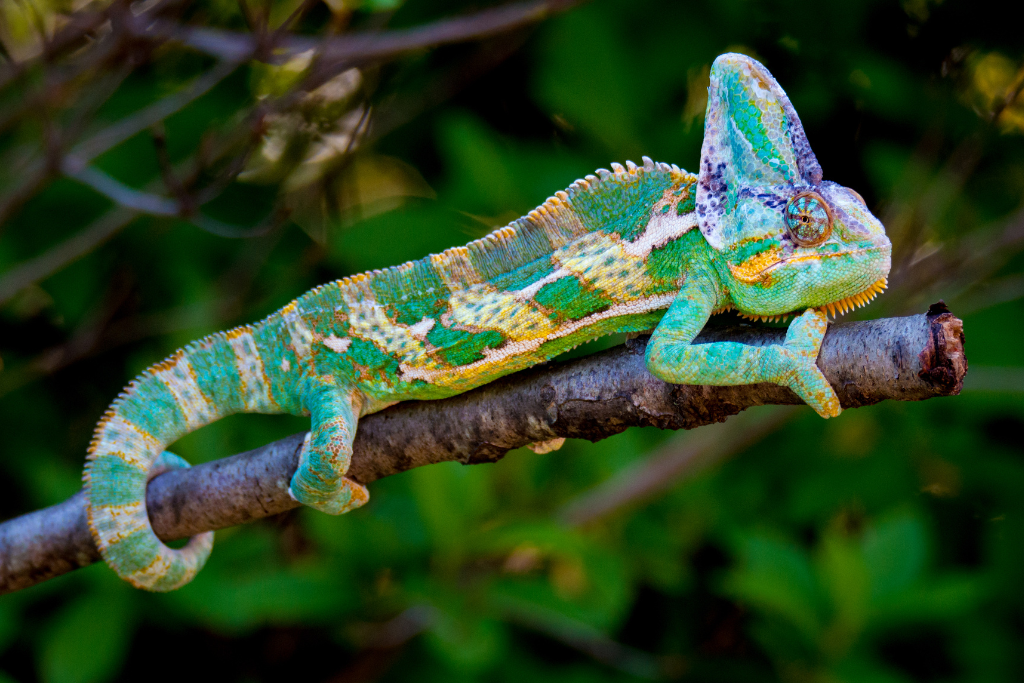
The Octopus: The Brain of the Ocean
- Description:
- With its soft body, eight tentacles and ability to squeeze its body through tiny spaces, the octopus is one of the most intelligent of all marine animals, though far short of human capabilities, of course.
- Habitat:
- Oceans around the world, from tropical waters to polar regions
- Fun fact:
- Octopuses can solve complex problems, open jars and even use tools, making them among the most intelligent species on the planet
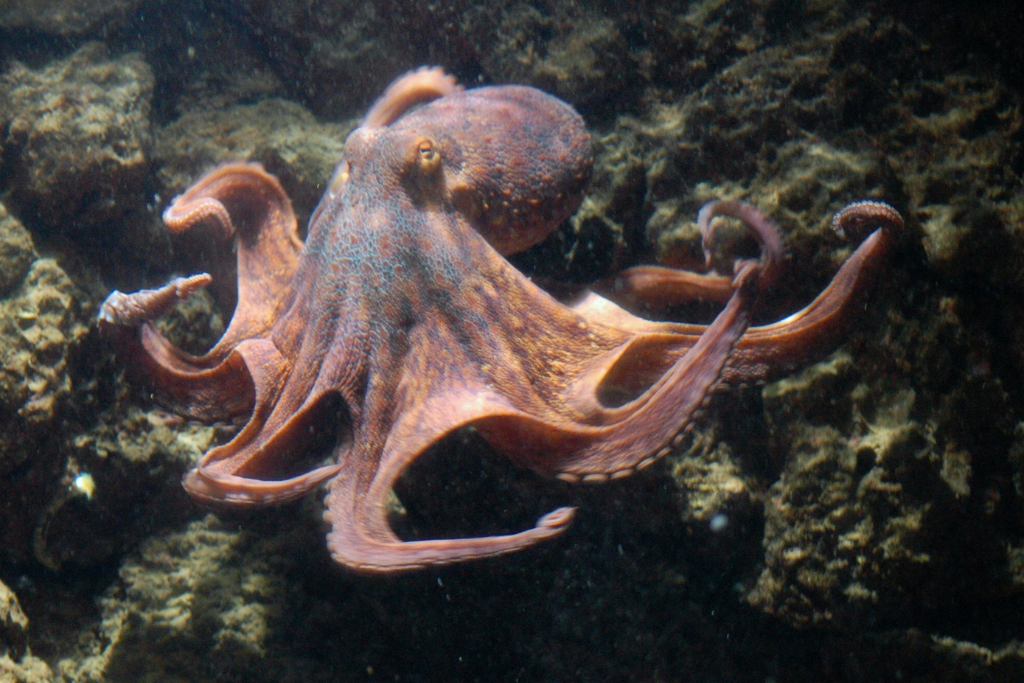
The Hummingbird: A Tiny Wonder
- Description:
- These small birds are known for their ability to fly in any direction, even backwards. Their accelerated metabolism requires them to constantly feed on nectar.
- Habitat:
- Americas, especially in tropical regions
- Fun fact:
- Their wings beat up to 80 times per second, creating a distinctive buzzing sound
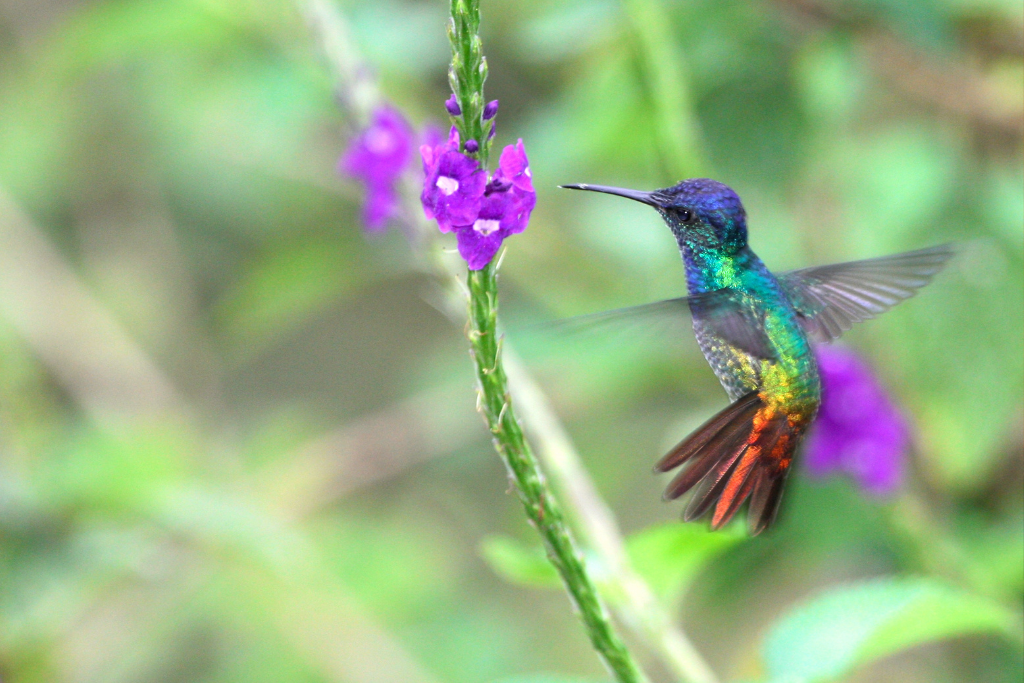
The Polar Bear: Emblem of the Arctic
- Description:
- This predator is one of the largest terrestrial carnivores, adapted to life on ice thanks to its white coat and thick layer of blubber.
- Habitat:
- Arctic, around the North Pole
- Fun fact:
- Although they look white, their skin is black and their fur is translucent; the white colour is the result of how light interacts with their fur.
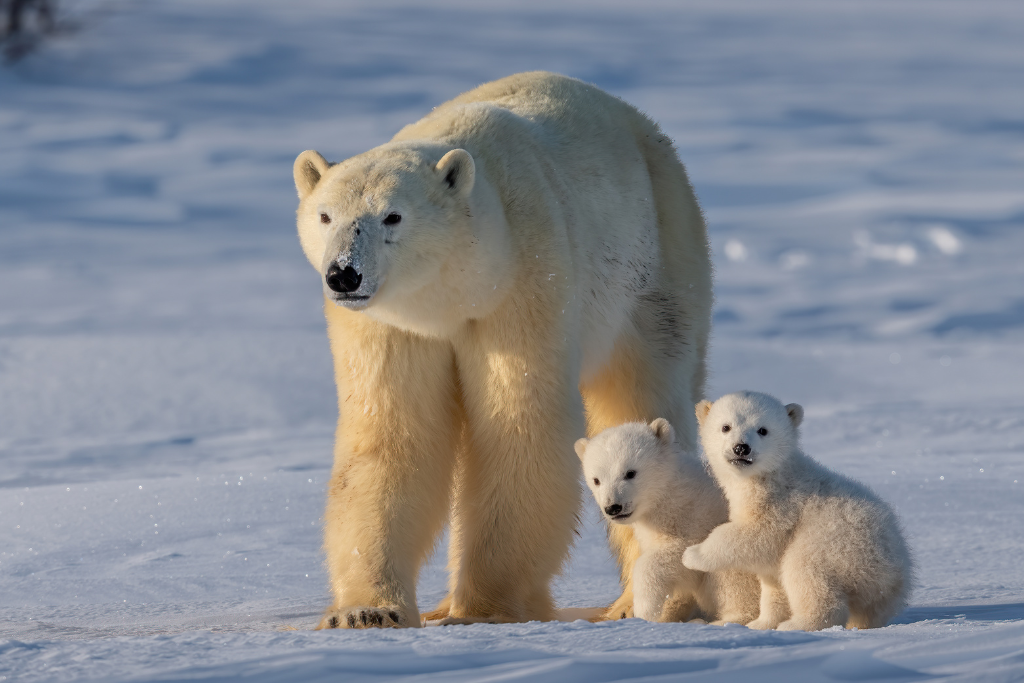
The Platypus: An Evolutionary Enigma
- Description:
- This unique animal combines mammalian and avian characteristics: it lays eggs, but suckles its young. It has a duck-like snout and a body covered with fur.
- Habitat:
- Australia
- Fun fact:
- It is one of the few venomous mammals, with spurs on its hind legs capable of inflicting pain on predators
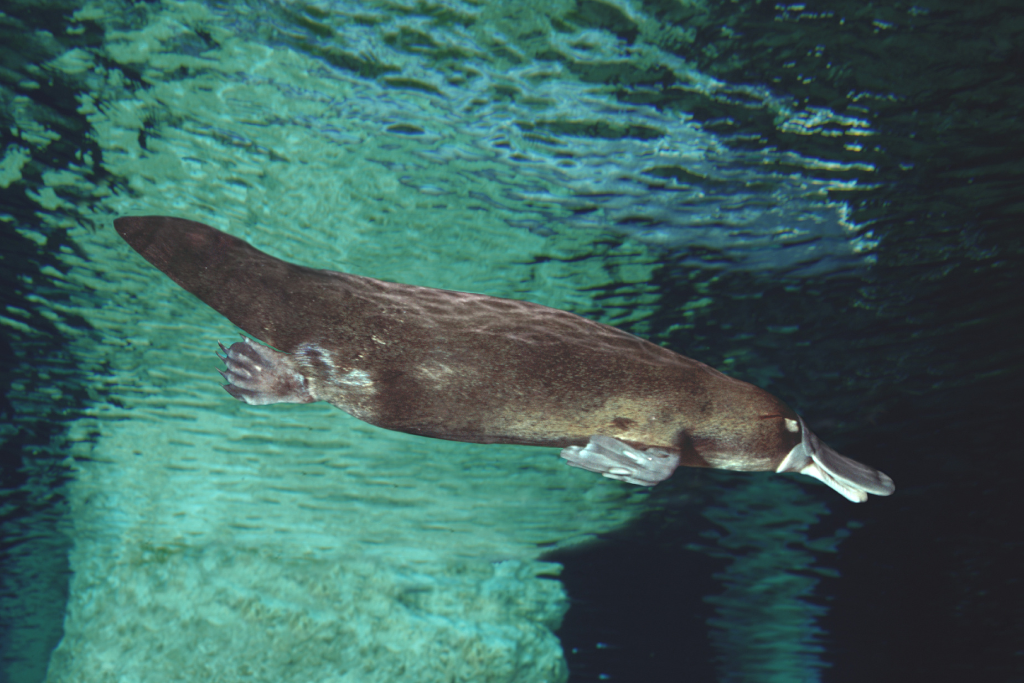
The Elephant: Gentle Giant
- Description:
- Elephants are the largest land animals, known for their intelligence, memory and social behaviour. They use their trunks to communicate, gather food, and even comfort other members of their group.
- Habitat:
- Africa and Asia
- Fun fact:
- Elephants cry, play and display behaviours that reflect grief at the loss of their companions
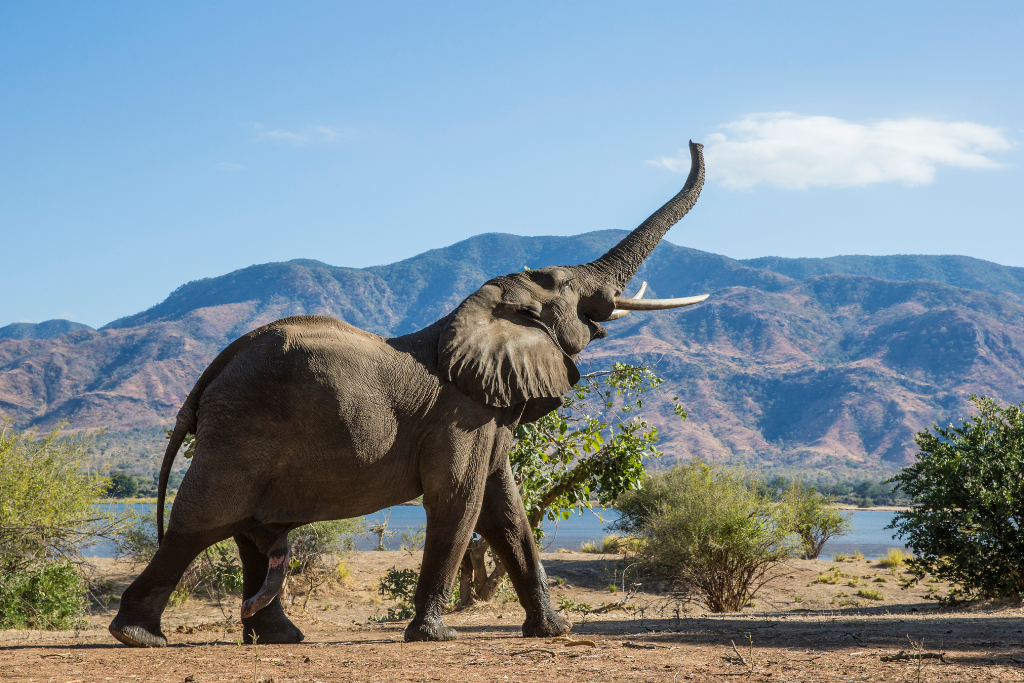
Bioluminescent jellyfish: Lights in the Deep
- Description:
- These marine organisms lack brains, but possess a basic nervous system that allows them to move and react to their environment. Many species are bioluminescent, emitting light of their own in the dark depths of the ocean.
- Habitat:
- Oceans around the world, especially in deep water
- Fun fact:
- Some jellyfish have a potentially immortal lifespan, such as Turritopsis dohrnii, which can regenerate indefinitely.
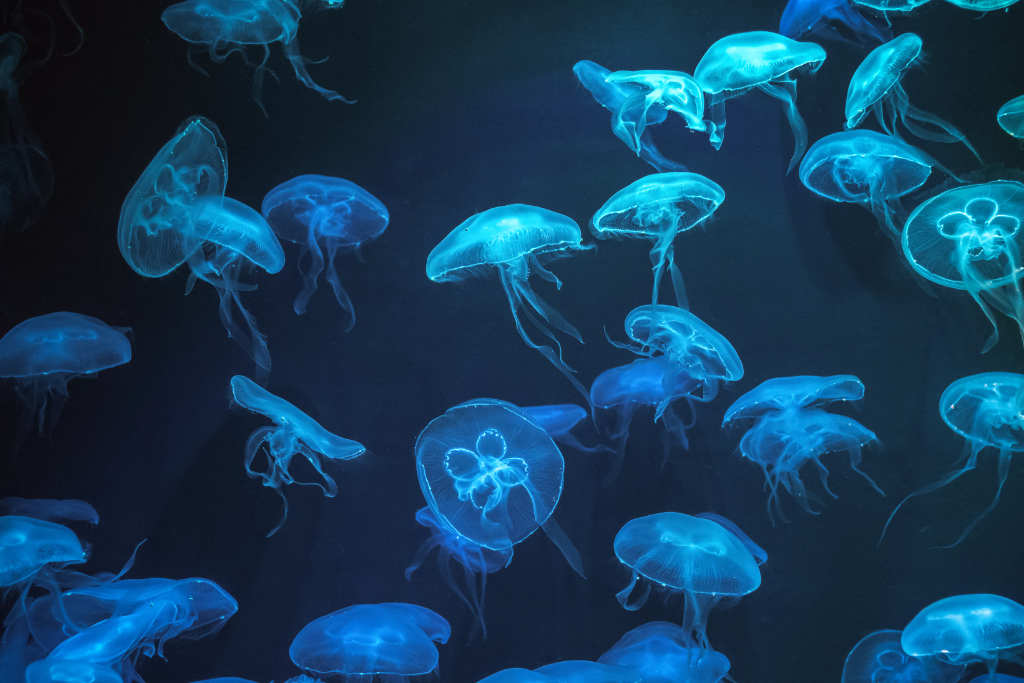
Conclusion: Diversity unique to Gaia
From the oceans to the deserts, Gaia is home to an incredible variety of life forms that reflect its biodiversity and resilience. The animals mentioned in this guide are just a small sample of the planet’s biological richness, but they offer a glimpse into the infinite creativity of nature on this world. For an intergalactic visitor, to explore these creatures is to better understand the relationship between Gaians and their environment.


